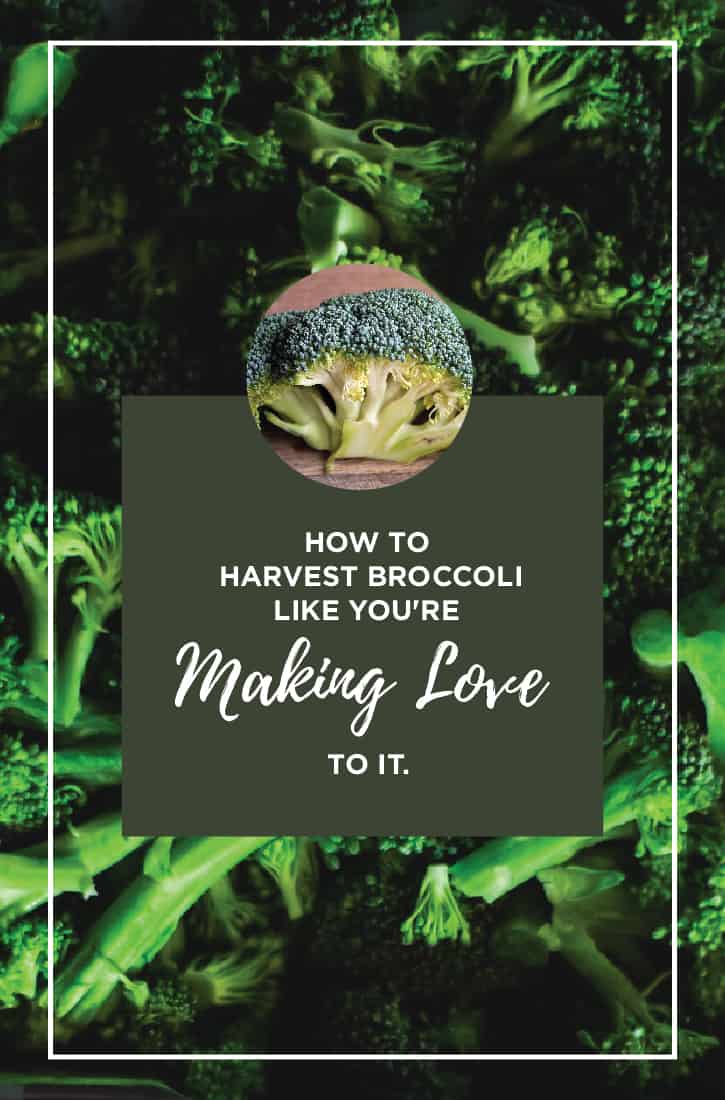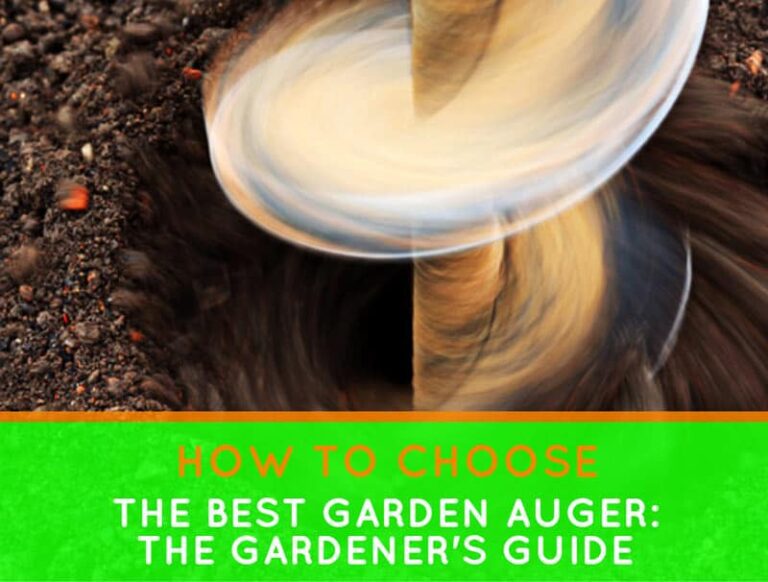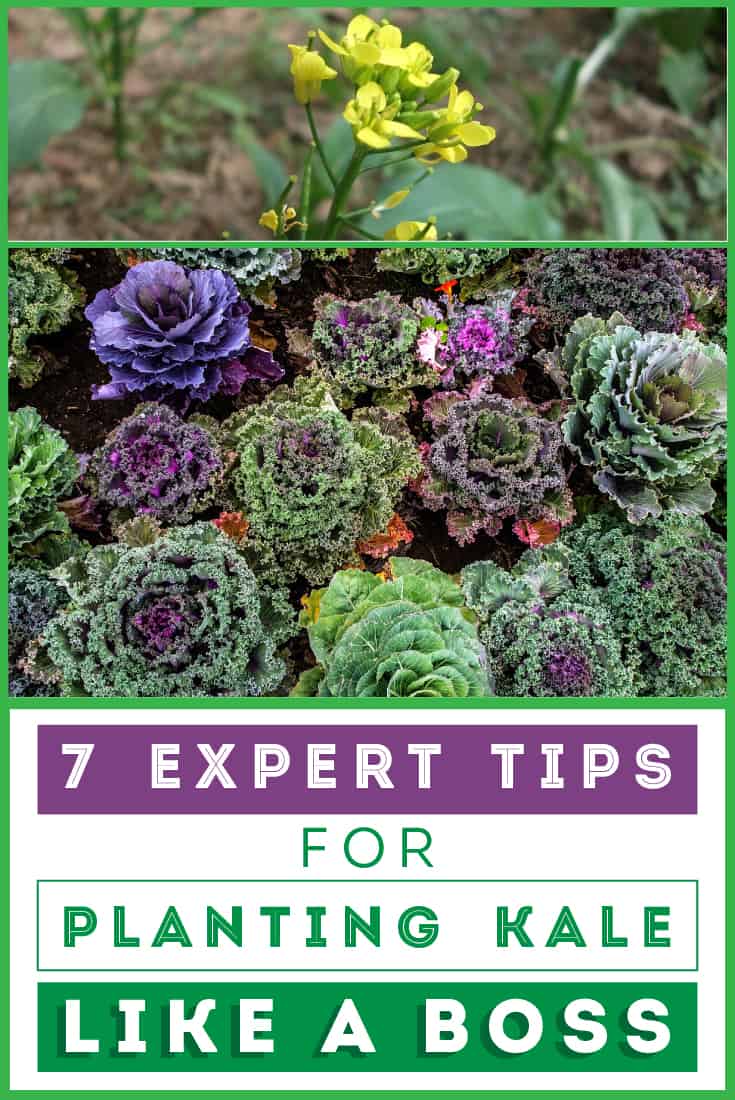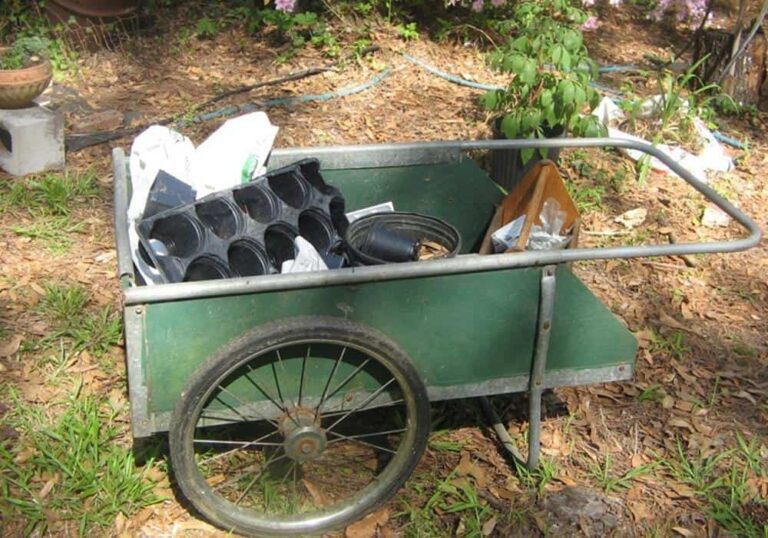Knowing When to Pick Tomatoes
Why Are My Green Tomatoes Not Turning Red?
It can be frustrating if you’re trying to grow tomatoes but you just can’t get them to turn red. There are a few things to know that might help you, though. Paying attention to the temperature is important – either extreme will stop your tomatoes from reddening.
Between 50F and 85F is what you need. It’s also important to prune the plants properly throughout the summer, as this results in more red fruit.
If you’re getting towards the end of the summer, you can try cutting off the smaller tomatoes and new growths that won’t have enough time to mature anyway.
What Do You Do With Tomato Plants At The End Of The Season?
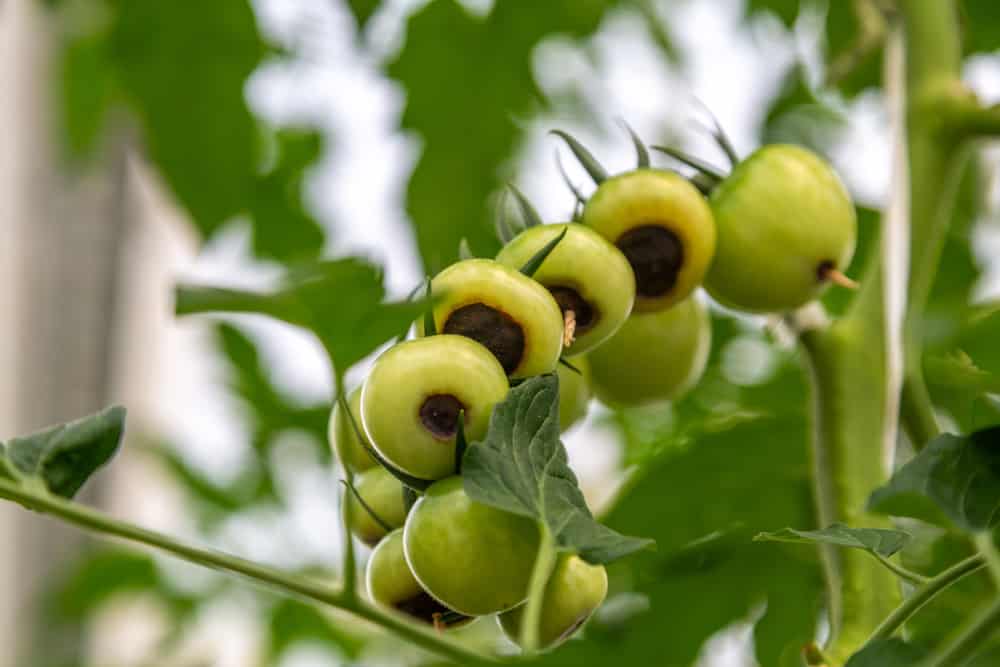
Come the end of the growing season, your tomato plants will probably still have at least a few tomatoes still growing on them. A useful tip here is to cut off the smaller ones that won’t have enough time to mature so that the plant can save its energy for the ones that are almost ready.
This gives you a better chance of being able to harvest something. You can also give the plants less water than usual and stop using fertilizer. This will shock the plants into developing more urgently.
However, it’s also worth remembering that even green tomatoes are worth harvesting. They’re decidedly different to their more developed red brothers and sisters, but there are plenty of recipes with green tomatoes as an ingredient.
When it comes to the plants themselves, you’ll be pulling them up at the end of the growing season. Some people like to bury them in the ground so their nutrients can be reused there, but there is a danger here.
If your plant has a disease, fungus, or infestation then burying them might mean that this is passed on to next year’s crop. Naturally, you don’t want that. The safer option is to dispose of them along with the rest of your garden waste.
You can also keep some of the seeds from your plants to grow next year.
Should I Pick A Split Tomato?
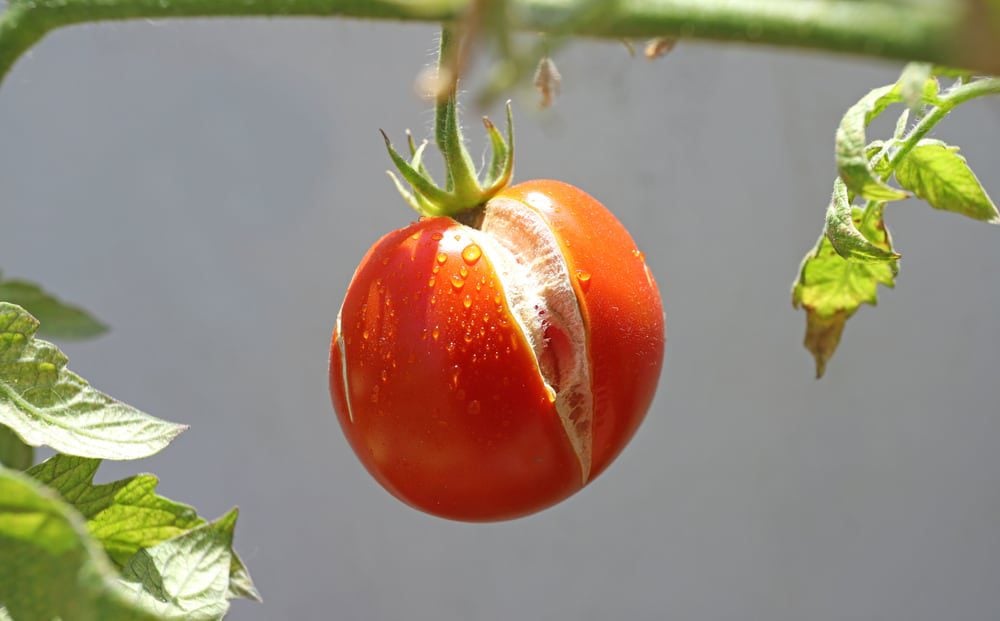
Yes, you should. In fact, not only should you pick them, but you should do it immediately. A split tomato is more in danger of being affected by pests and rot than unsplit ones, so if you leave it on the vine there’s a very high chance that it’ll be lost.
However, assuming you pick it right away, you can still eat the tomato with no problems. Make sure you check them very carefully to see if they have any signs of rot or insect damage.
Horizontal cracks are usually smaller and heal more easily, whereas vertical ones are often deeper. If you see a vertical crack that begins at the stem, these are particularly serious and you will need to take extra care when checking for infection.
If it smells bad, throw it away. If it’s oozing, throw it away. If not, they’re still good to eat just like any other tomato. However, it’s best to eat them as quickly as possible since they won’t last long before going bad.
Why Are My Tomatoes Splitting Before I Pick Them?
Sometimes tomatoes split. It can be a real source of frustration to a gardener, but don’t let it get you down. If you know why they’re splitting, you’ll be able to keep it to a minimum so that all your hard work isn’t for nothing.
The main reason for splitting in tomatoes is an inconsistency in the amount of water they get. This is usually a problem for more mature, red tomatoes but can affect less mature green ones in some cases as well.
It works both ways – either too much or too little water might be to blame when tomatoes crack. If they experience significantly more rainfall than usual, or if you overwater them after forgetting to do so for a while, cracks can result.
This is particularly likely if the environment you’re growing them in is a dry one. The extra water means that the watery inside of the tomato will start to grow much more quickly than the skin, resulting in cracking.
Make sure you water them consistently to help avoid the problem. Using mulch can also help the plants to retain the right amount of moisture. You should also make sure that you’re using the ideal kind of fertilizer for the soil type the tomatoes are growing in.
A final tactic to avoid splitting is to pick them a little earlier. Once they start to turn pinkish-red, they’ve reached their maximum size and will keep ripening even once picked.
Keep them at a stable room temperature until you want to use them and you won’t have to worry about any kind of cracking.

